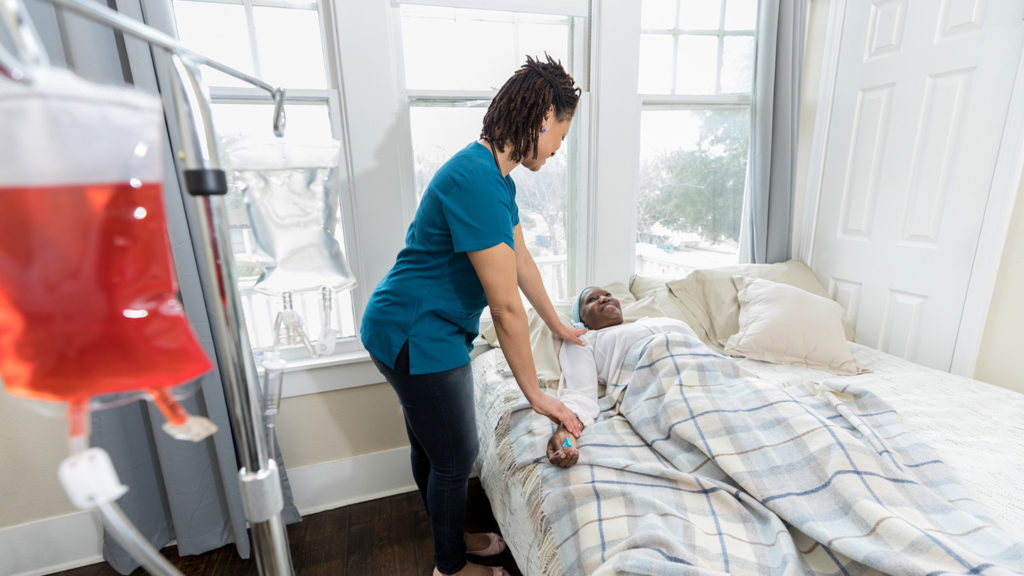
A demonstration project to deliver palliative care no matter where an individual lives — including in assisted living communities — and earlier in the disease process has gained bipartisan support.
In a June 16 letter to Centers for Medicare & Medicaid Services Administrator Chiquita Brooks-LaSure, members of the Senate Comprehensive Care Caucus asked that the CMS Center for Medicare and Medicaid Innovation implement a community-based pilot project to enable palliative care to be provided at the same time as curative treatments for people with serious illnesses or injuries.
U.S. Sens. Jacky Rosen (D-NV), John Barraso (R-WY) and Deb Fischer (R-NE) said that the “compassionate, comprehensive care” provided through palliative care addresses the individual as a whole, quality of life and symptom management.
“Allowing palliative care to be provided wherever the patient is located — be it at home, at a caregiver’s home, in the hospital, in a nursing or assisted living facility, or through telemedicine — is critical for both the appropriateness and quality of care for the patient, and also to ensure effective and efficient use of healthcare facilities and avoidance of unnecessary visits to inpatient settings,” the letter reads.
LeadingAge Vice President of Home Based and HCBS Policy Mollie Gurian told McKnight’s Senior Living said older adults’ need for palliative care is not limited to one — or only a few — settings. But the Medicare Care Choices Demonstration, which allowed concurrent care for hospice-eligible beneficiaries, could not be offered to residents of assisted living communities or nursing homes.
“That’s why we have been strongly advocating that CMMI change its approach to ensure that any demonstration aimed at increasing the availability of palliative care include assisted living and nursing homes, as well as in beneficiaries’ own homes,” Gurian said. “LeadingAge supports expanded access to palliative care across the care continuum.”
A spokeswoman for the American Health Care Association / National Center for Assisted Living similarly said that the groups support ensuring increased access to person-centered care wherever the recipient calls home.
“Our residents are elderly, often with multiple health conditions, and they deserve the best care and support regardless of where they fall on the long-term care continuum,” the spokeswoman said.
Medicare beneficiaries with serious illnesses now can receive Medicare reimbursement for palliative care only through hospice when nearing the end of life, not concurrently as they receive treatments meant to cure their illnesses. The lawmakers noted that palliative care is most effective when provided as close to the time of diagnosis as possible.
The senators stated that an “expanded palliative care model via a demonstration project” would improve the patient experience and reduce costs. The model is similar to one Rosen proposed in the bipartisan Expanding Access to Palliative Care Act.
Palliative care has provided high-quality care at the end of life, Edo Banach, president and CEO of the National Hospice & Palliative Care Organization and president of the Hospice Action Network, said in a statement.
“It’s time to bring that model earlier in the care continuum with palliative care delivered when and where the patient needs it,” Banach said.


